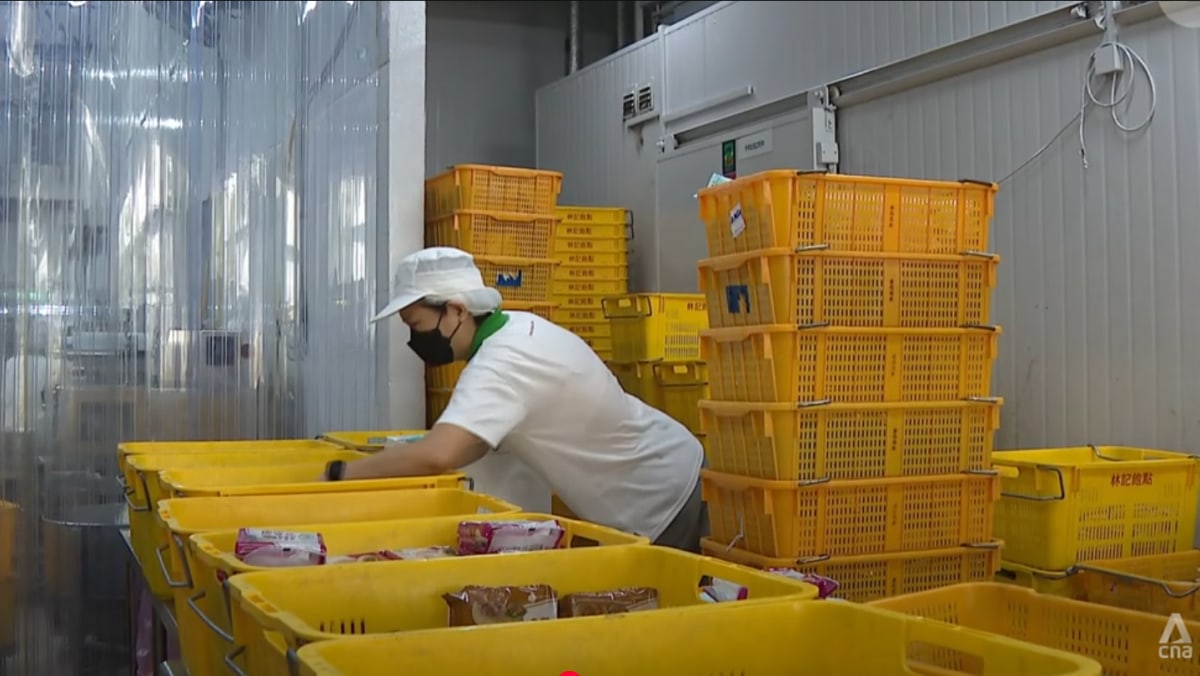A 3,775-year-old log discovery has lent credence to the idea of burying wood to sequester the carbon it contains. Known as a wood vault, the concept helps keep CO2 out of the atmosphere while allowing the soil to be used for crops and other purposes.
As many know, trees are excellent at removing carbon dioxide from the atmosphere. One estimate says that forests suck about 30% of the planet-warming greenhouse gas out of the air each year, sequestering it in their biomass. And new models released last year suggest that the plants are actually sucking about 20% more of the greenhouse gas from the air than previously thought.
But there’s an issue with trees’ carbon-removal superpower: When the plants die, all of the carbon they were holding onto escapes back into the atmosphere.
To that end, one idea that’s been kicked around in carbon-sequestering circles is that of burying dead trees to keep the carbon they contain trapped inside the ground rather than floating around the atmosphere where it contributes to climate change. The idea is called “wood vaulting” and when professor Ning Zeng from the University of Maryland was poking around the soil in Quebec researching the idea, he and his team unearthed a log buried about 6.5 feet (2 m) beneath the surface.
“When the excavator pulled a log out of the ground and threw it over to us, the three ecologists that I had invited from McGill University immediately identified it as Eastern red cedar,” Zeng recalled. “You could tell how well it was preserved. I remember standing there thinking, ‘Wow, here’s the evidence that we need!’”
That evidence pointed to the idea that somehow, some pieces of wood could survive underground for long periods of time without decomposing significantly. Cracking the code of how that is possible is key to successful wood vaulting.
“People tend to think, ‘Who doesn’t know how to dig a hole and bury some wood?’” Zeng says. “But think about how many wooden coffins were buried in human history. How many of them survived? For a timescale of hundreds or thousands of years, we need the right conditions.”
After analyzing the log, Zeng and his team determined that it was almost 4,000 years old. But more impressive was the fact that when they compared it to a newly hewn piece of Easter red cedar, they found that the ancient log had only released about five percent of the carbon it contained back into the ecosystem.
A clay key
The reason for the log’s remarkable preservation and carbon retention, they concluded, was that it was buried in a clay-rich soil with very low permeability. That soil not only kept oxygen away from the log, but it reduced the number of fungi and insects that could reach it, thus helping it to avoid serious decomposition.
Discovering that clay has this effect on wood can now go a long way toward developing successful wood vaults that could sequester wood for generations.
“The target is to keep [the wood buried] for 1000 years or longer,” Zeng told us. “So we need to use more land over time. The good news is that after vault enclosure, the surface can still be used for crop, grazing, park, solar farm and other things, so there is very little land loss.”
The material that could eventually find its way into such a vault would come from trees that don’t produce commercially viable wood such as those destroyed in wildfires or by disease. The researchers say the vault could also hold wood from furniture that is no longer used or from scrap construction materials.
Zeng and his team will continue to explore the use of clay soil as a home for wood vaults as well as other ways to use the technique to help combat carbon dioxide’s effect on global warming.
“It’s quite an exciting discovery,” Zeng says. “The urgency of climate change has become such a prominent issue, so there was even more motivation to get this analysis going.”
The findings have been published in the journal Science.
Source: University of Maryland







